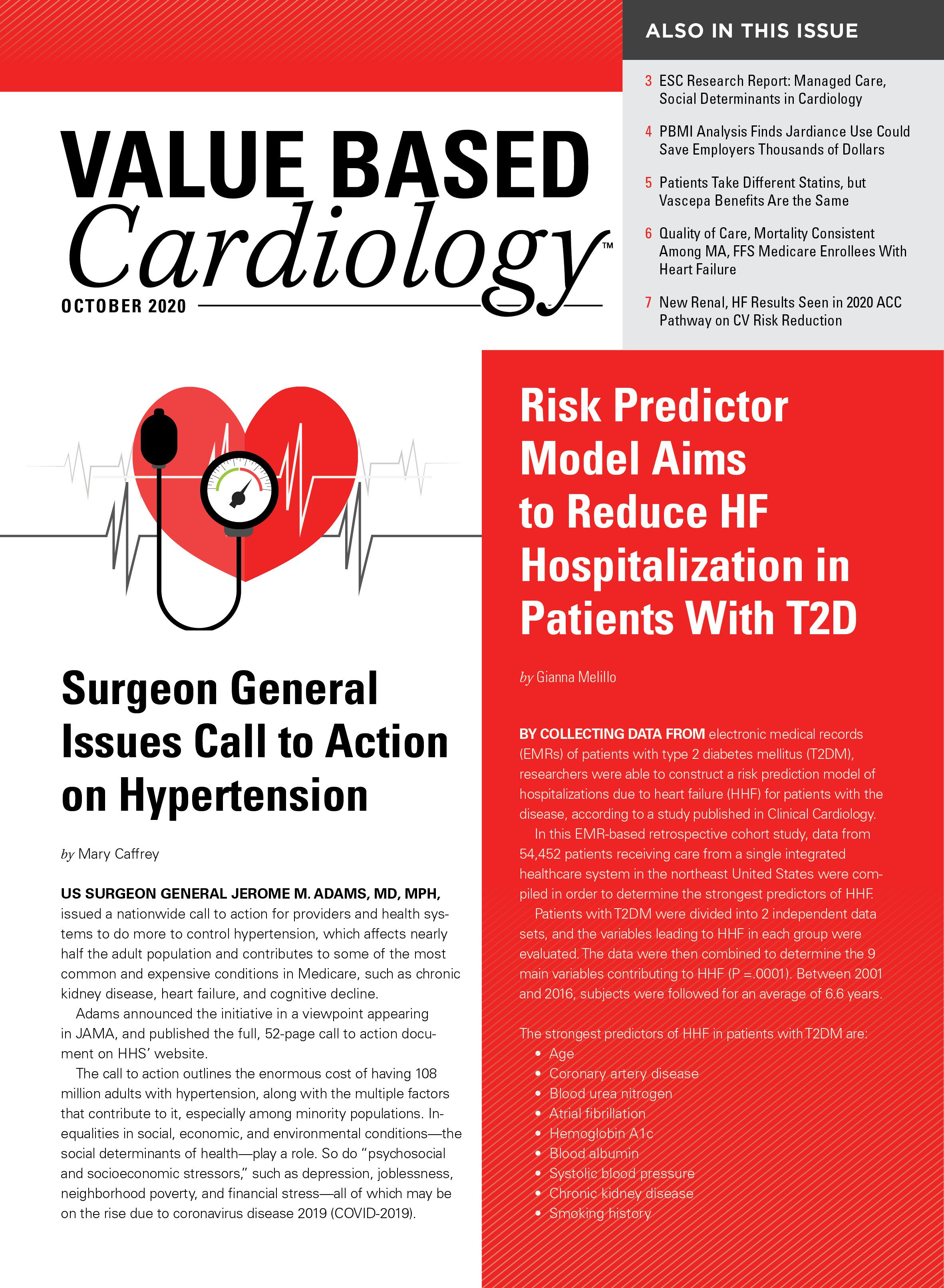- Center on Health Equity and Access
- Clinical
- Health Care Cost
- Health Care Delivery
- Insurance
- Policy
- Technology
- Value-Based Care
PBMI Analysis Finds Jardiance Use Could Save Employers Thousands of Dollars
Results from an analysis conducted by the Pharmacy Benefit Management Institute (PBMI) show that the use of Jardiance (empagliflozin) among employees with type 2 diabetes and cardiovascular disease can save employers around $737,000 per 10,000 covered lives each year.
Results from an analysis conducted by the Pharmacy Benefit Management Institute (PBMI) show that the use of Jardiance (empagliflozin) among employees with type 2 diabetes (T2D) and cardiovascular disease (CVD) can save employers around $737,000 per 10,000 covered lives each year. In the United States, 56% of Americans receive health insurance coverage through employer-sponsored plans.
Sharon Frazee, PhD, MPH, senior vice president of research and data innovation at PBMI, presented the results in a recent webinar.
“Employers are the main source of health insurance in the United States today, and because of this, employers end up sharing a significant portion of the cost of treating diabetes and CVD,” she said.
The webinar, “Improving Total Cost of Care for Patients With Type 2 Diabetes and Cardiovascular Disease,” focused on the wide-ranging financial and clinical impacts diabetes care has on employers and patients alike. This is, in part, due to the costly and complex comorbidities often faced by patients with diabetes. “The risk of death from CVD among adults with diabetes is twice that of adults without diabetes,” Frazee said.
Beyond the reduction of cardiovascular events, clinical research found that medications containing empagliflozin lower glycated hemoglobin and reduce bodyweight in patients up to 2.9%, when used alongside adjustments in diet and exercise.
“Diabetes impacts 1 in 10 Americans, and among this 1 in 10, 1 in 5 had CVD. Given the prevalence costs and clinical progression associated with diabetes, plan design that encourages better management of diabetes may be in the best interests of both payers and patients,” Frazee concluded.
Researchers gathered data on commercially ensured, employer-sponsored populations to determine savings resulting from Jardiance use. They then compared the data to patients using other antidiabetic agents.
On average, patients incur direct pharmacy and medical costs totaling $53,027 per person per year (in 2018 dollars). In an average commercially ensured, employer-sponsored population, 0.67% of members would meet the criteria for receiving Jardiance. By covering that small fraction of the population’s costs, employers’ inclusion savings could reach approximately $737,000 per 10,000 lives covered annually.
Along with direct costs, “employers also have indirect costs due to workdays absent and reduced performance at work,” Frazee said. In 2017, the American Diabetes Association found the “total cost of diagnosed diabetes is $90 billion in reduced productivity alone,” according to the webinar.
The use of Jardiance resulted in an annual cost savings of $13,704 per patient, per year, researchers found. Most of these savings come from reduced medical costs as opposed to prescription drug costs.
“The aim of the analysis conducted by PBMI was to provide a better understanding of the cost outcomes for patients with T2D and CVD, treated with Jardiance, compared to similar patients treated with other antidiabetic medications,” Frazee said.
The results of the study are not generalizable due to the fact that data were only collected from employer-sponsored, commercially ensured patients. For Medicare populations, Frazee notes, diabetes costs can be more than 3 times higher.
Data was sourced from an Artemetrx database of patients’ deidentified medical and prescription drug claims. Beginning on the index date, data was collected for 12 months on a per patient per month basis.
For the Jardiance cohort, the average patient total cost of care was $3580.72 per patient per month compared with $4503.90 in the non-Jardiance cohort.
“By shifting patients who meet criteria to this drug, financial savings are possible,” Frazee said.

Beyond Insulin: The Impact of Next-Generation Diabetes Technology
April 17th 2024Experts explain how new diabetes technologies like continuous glucose monitors are transforming care beyond intensive insulin therapy, offering personalized insights and improving outcomes for patients of all treatment levels.
Read More
How Can Employers Leverage the DPP to Improve Diabetes Rates?
February 15th 2022On this episode of Managed Care Cast, Jill Hutt, vice president of member services at the Greater Philadelphia Business Coalition on Health, explains the Coalition’s efforts to reduce diabetes rates through the Diabetes Prevention Program (DPP).
Listen
Balancing Care Access and Fragmentation for Better Outcomes in Veterans With Diabetes
April 22nd 2021The authors of a study in the April 2021 issue of The American Journal of Managed Care® discuss the possible reasons behind the link between care fragmentation and hospitalizations in veterans with diabetes, as well as potential opportunities to address disjointed care in the context of the widespread telehealth uptake seen during the COVID-19 pandemic.
Listen
